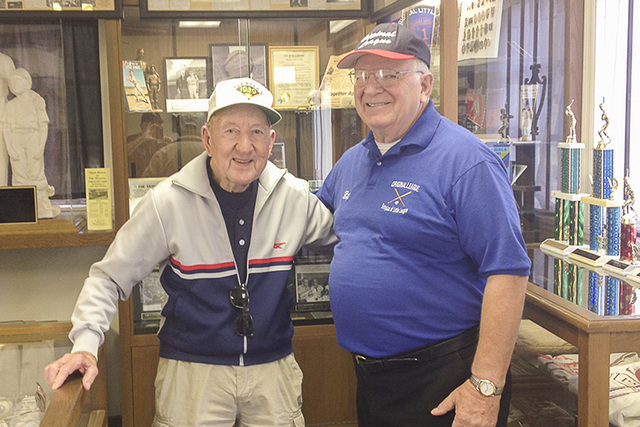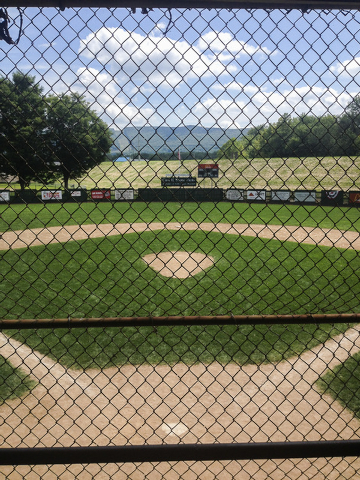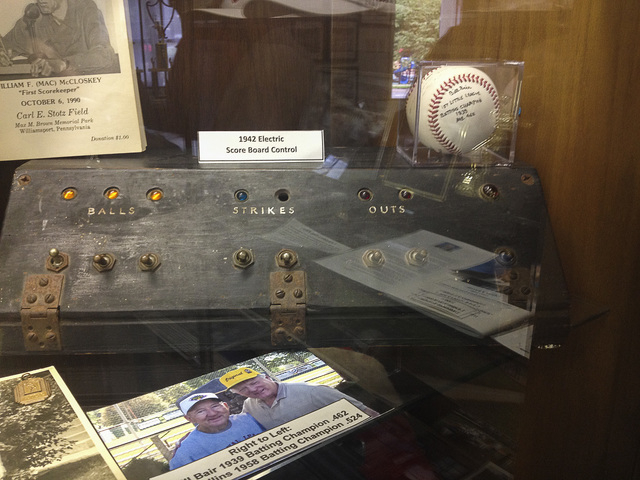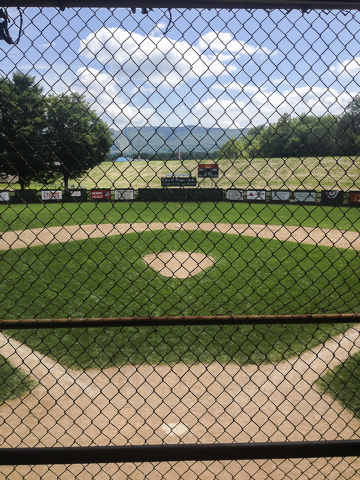The birthplace of Little League
WILLIAMSPORT, Pa.
You can trace the crowds in excess of 40,000 and the $60 million television contract with ESPN and the beauty of Lamade Stadium and the thrilling spectacle that has become the Little League World Series across town, to the back of a home on Isabella Street, to where the stump of a lilac bush impeded the ankle of Carl Stotz one summer day in 1938.
He was 28 and playing catch with his two nephews when he injured himself, sat down and thought there must be a better and safer place for a baseball game with neighborhood kids.
You will miss it if you blink, this seemingly ordinary field along Fourth Street, west of Lycoming Creek and south of the massive and majestic complex that since 1959 has annually hosted the best Little Leaguers in the world. Before that, the series was held for 12 years at Bowman Field.
At the birthplace of Little League.
It’s anything but ordinary.
This is the tour those from Mountain Ridge and the other 15 teams competing here should take.
This is the history young players should learn and appreciate.
Bill Bair is 87 and spends his days taking visitors on a remarkable journey back in time, to when Stotz formed the first Little League teams in 1939 and Bair was its batting champion that initial season. He hit .462.
“We didn’t have a fence that first year, so you just hit it and ran and kept running,” Bair said. “We couldn’t conceive back then that the (World Series) would become what it is now. Millions of kids playing across the world. Thousands of leagues. Kids make professional plays now. They have better diets, better equipment, better training.
“What I would tell the kids now is this: Stay away from tobacco, stay away from alcohol, don’t swear and show respect. The umpire never misses a call. If they do all that, they will be all right.”
The stories here are remarkable.
Stotz began the league by taking a group of boys to the park and timed them running. He determined the proper distance between bases for 11- and 12-year-olds should be 60 feet. It’s the same today.
An umpire back then stood behind the pitcher to call balls and strikes. Instead of a clicker to keep track, he placed stones on the ground. After each strike, he picked one up with his right hand. After a ball, he did so with his left. That’s how he kept count.
The bases were made of canvas and packing material while the first home plate was carved out of rubber Stotz found in his parent’s basement. Wood bats. Home-stitched uniforms.
In a clubhouse above the field that is now celebrated as the “Original League,” because Stotz left Little League in 1958 after disagreeing with its plans for expansion, are snapshots and keepsakes of more than seven decades of youth baseball.
In one corner, encased in glass, is the first electronic scoreboard controller in history. Mac McCloskey invented it by parts he found at a junkyard and went on to score 1,327 consecutive games at the field. It became so popular, the Boston Braves sent two officials to Williamsport in order to learn about and make their own controller.
Stotz passed away in 1992, but leagues have continued running here each year. The only game that was ever stopped before ending came on that September day in 1945, when Japan surrendered to end World War II.
“When Carl Stotz left Little League, we left with him and have been an independent league ever since,” said 81-year old Bill Fritz, who umpired Little League games for 48 years and now welcomes daily visitors with Bair. “You won’t hear much about us over at (Lamade Stadium), but this is where Little League began. This field. This place.
“I remember in the 1970s when Little League moved their fences back. I told Carl we should do the same. He said no. He told me those were meant to be home run fences, that if you think about the old man walking down our street, holding the hand of his little grandson, maybe the best thing he ever did was hit a home run over that fence. He had a story to pass on. That was the most important thing to Carl. The history of it.”
When you enter the clubhouse of memories and snapshots and keepsakes, you are first greeted with a large glass display. Inside it, is the stump of a lilac bush. The stump that impeded Carl Stotz’s ankle one day in the summer of 1938.
One year later, Little League was born.
“You know, baseball was pretty popular around here growing up,” said Bair, born and raised in Williamsport and one of 10 of the original 42 Little Leaguers still alive. “It just seemed like a pretty natural place to start a league. Every day I am here, all the memories come back.”
Just miles apart, from a modern-day monstrosity that is today’s Little League World Series to a simpler but no less important time in baseball history. That’s some family tree.
Las Vegas Review-Journal sports columnist Ed Graney can be reached at egraney@reviewjournal.com or 702-383-4618. He can be heard from 11 a.m. to 2 p.m. Monday through Friday on “Gridlock,” ESPN 1100 and 98.9 FM. Follow him on Twitter: @edgraney.
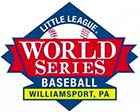
Little League World Series
More coverage of Mountain Ridge and more on the Little League World Series.
RELATED:
Mountain Ridge rolls in Little League World Series
Mountain Ridge beats Chicago 13-2 in LLWS
Mountain Ridge gets respite from Little League madness
Mountain Ridge finds perfect fit
Williamsport no dream for Mountain Ridge Little Leaguers
Mountain Ridge tries to conjure Little League magic



